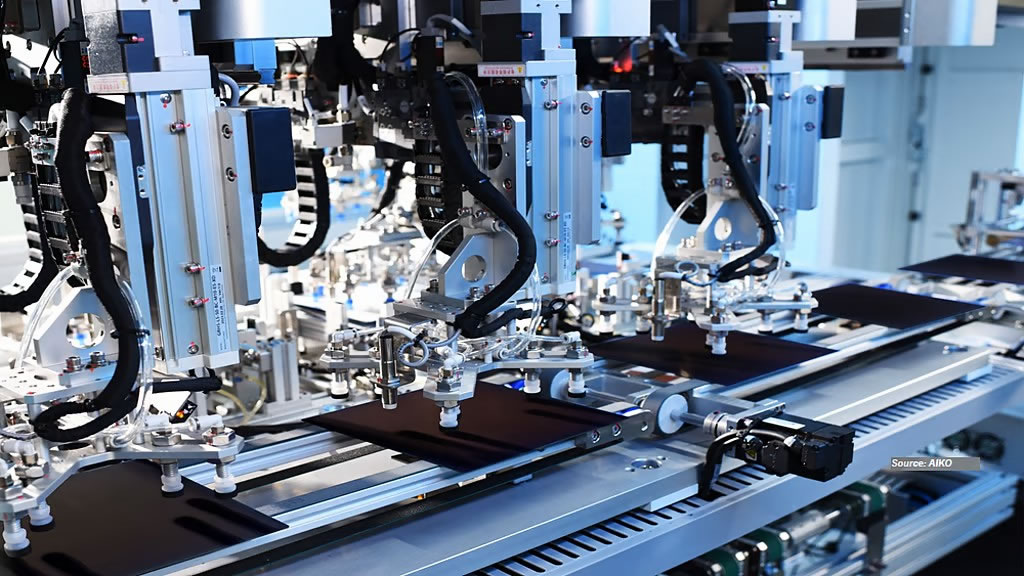Beyond The Wattage Race: Why Choosing The Right Solar Panel Matters For Australian Homes
September 3rd, 2025
Australia is living through one of its most severe cost-of-living crises in decades, with electricity prices rising steeply again this year. From July, default market tariffs increased by almost 10%, adding up to $228 to the annual bill of the average household. It is no surprise that more than 4 million homes now have solar on their roofs, with rooftop PV contributing over 12% of the nation’s total electricity. For many, a solar panel system is no longer a lifestyle choice; it’s a necessity for financial survival.
This surge in demand has fuelled what many call a ‘solar technology arms race’. Panel makers are under pressure to deliver more watts at lower cost every product cycle. At face value, this sounds like good news for consumers. But not all of these gains are real. In the scramble to win the next sales pitch, too many manufacturers are taking shortcuts that ultimately come at the customer’s expense.
The Arms Race: More Power on the Label, But at What Cost?
With panel prices falling and margins shrinking, some manufacturers chase the numbers that win tenders quickly. The challenge is that true breakthroughs in solar cell technology take years of R&D, heavy investment, and deep manufacturing expertise. For many brands, the temptation is to take shortcuts.
Instead of pushing efficiency through innovation, some manufacturers resort to:
- Oversizing panels: Larger modules push wattage higher but don’t improve efficiency per square metre. On Australian rooftops, space is limited, and safety is critical. Bigger panels are harder to install, restrict design options, and add risk without delivering more usable power.
- High-current designs: Forcing more current through modules lifts wattage on paper but exceeds inverter input limits. Installers must use special wiring guides or narrow inverter choices, creating long-term reliability risks for homeowners.
- Tolerance tricks: Some brands market +5%/–5% panels, suggesting bonus power. In reality, brands using this trick often deliver below the headline number. By contrast, AIKO guarantees positive-only tolerance, meaning every panel performs at or above its rated output.
- Lab-only records: Announcing ‘world-first’ efficiency milestones that never reach production. Customers wait years for results that don’t translate into real savings, while proven high-efficiency solar panels already exist in the market.
On a sales pitch, the datasheet looks stronger. But in practice, these shortcuts often shift the risks onto families and businesses in underperforming systems, lost savings, and potential safety risks over the 25–30-year life of a system.
Beyond the Wattage Race: AIKO’s Different Approach
Against this backdrop, AIKO chose a more challenging path: focusing on genuine, long-term innovation. Since 2016, the company has invested in All Back Contact (ABC) technology, widely recognised as the solar architecture with the highest theoretical efficiency but historically limited by its complex manufacturing and high costs.

Through relentless R&D and innovation breakthroughs such as proprietary copper-based interconnection and a two-step manufacturing process, AIKO made BC manufacturable at scale, making the world’s best solar technology accessible to and affordable for every household and business.
The results speak for themselves. In 2023, AIKO mass-produced All Back Contact (ABC) modules at gigawatt scale. In 2024, the company set a world record with a 25.2% module efficiency, not in a lab but in a commercial product at price parity with mainstream TOPCon.
For Australians, this innovation means smaller rooftops can generate more power, families can enjoy faster paybacks, and installers can work with panels designed for standard formats and full inverter compatibility.
Perhaps most importantly, this innovation has pushed the entire industry forward. Analysts now project that back-contact modules will dominate global production by 2030, reaching one terawatt of capacity. The world’s largest manufacturers, once committed to TOPCon or HJT, are now pivoting to back-contact roadmaps. True innovation, scaled affordably and reliably, is the path AIKO has proven.
Raising Standards Together
The solar arms race will continue, but its value depends on what kind of race the industry chooses to run. For Australians to truly benefit, manufacturers, distributors, and installers must lift the bar on what counts as progress. That means resisting shortcuts that only win the tender room and supporting innovations that deliver proven performance over decades.
In the end, solar should not be about who can shout the biggest number. It should be about who delivers the most lasting benefit — safe, dependable, and affordable energy that helps Australians cut bills and build confidence in the future of solar.
Explore AIKO’s high-efficiency solar panels in Australia and see why more installers and homeowners are choosing the world’s most efficient solar technology.











